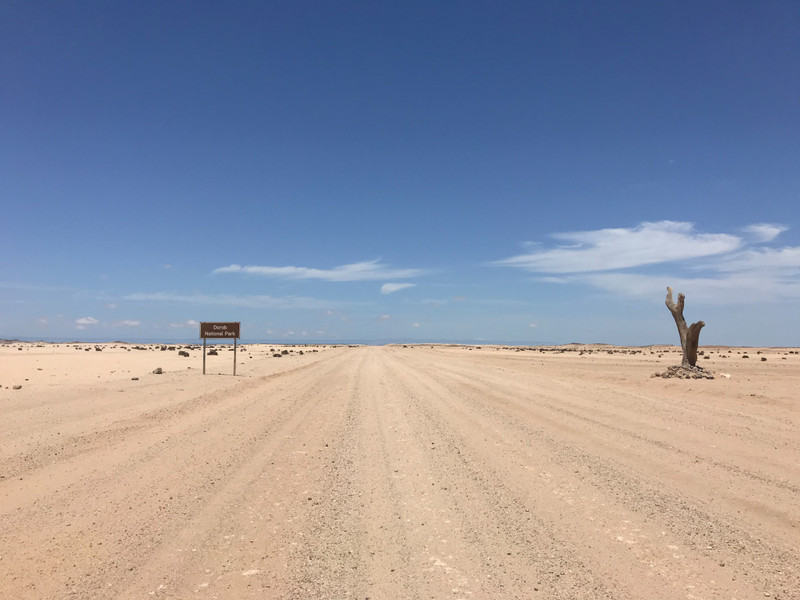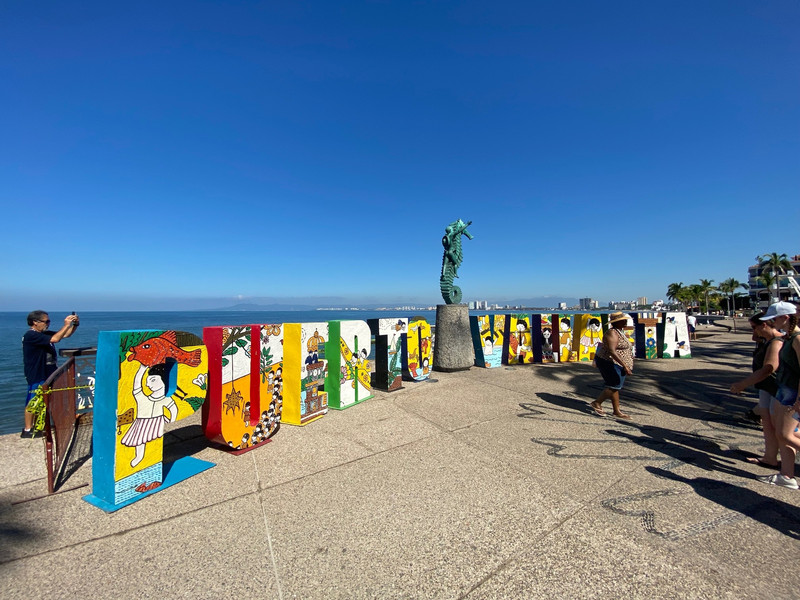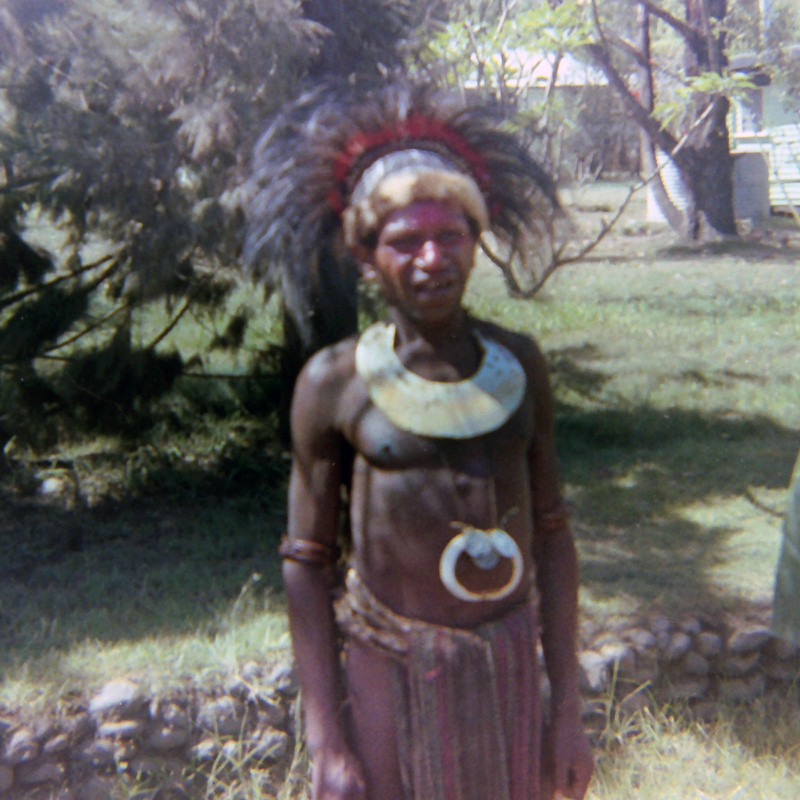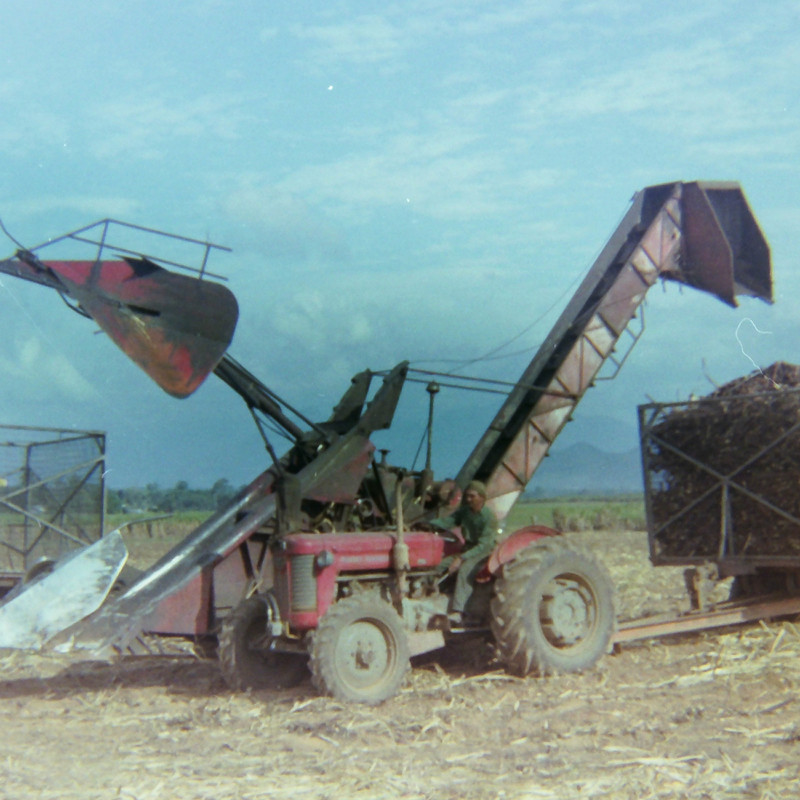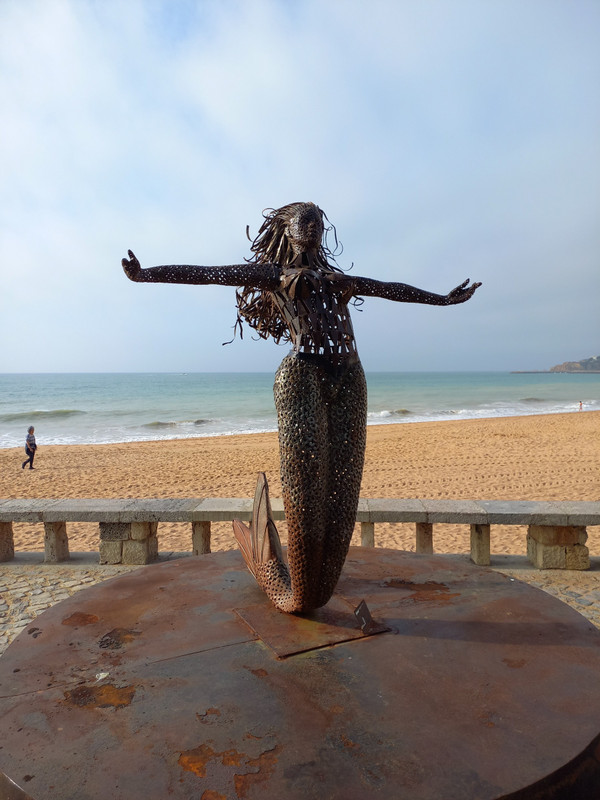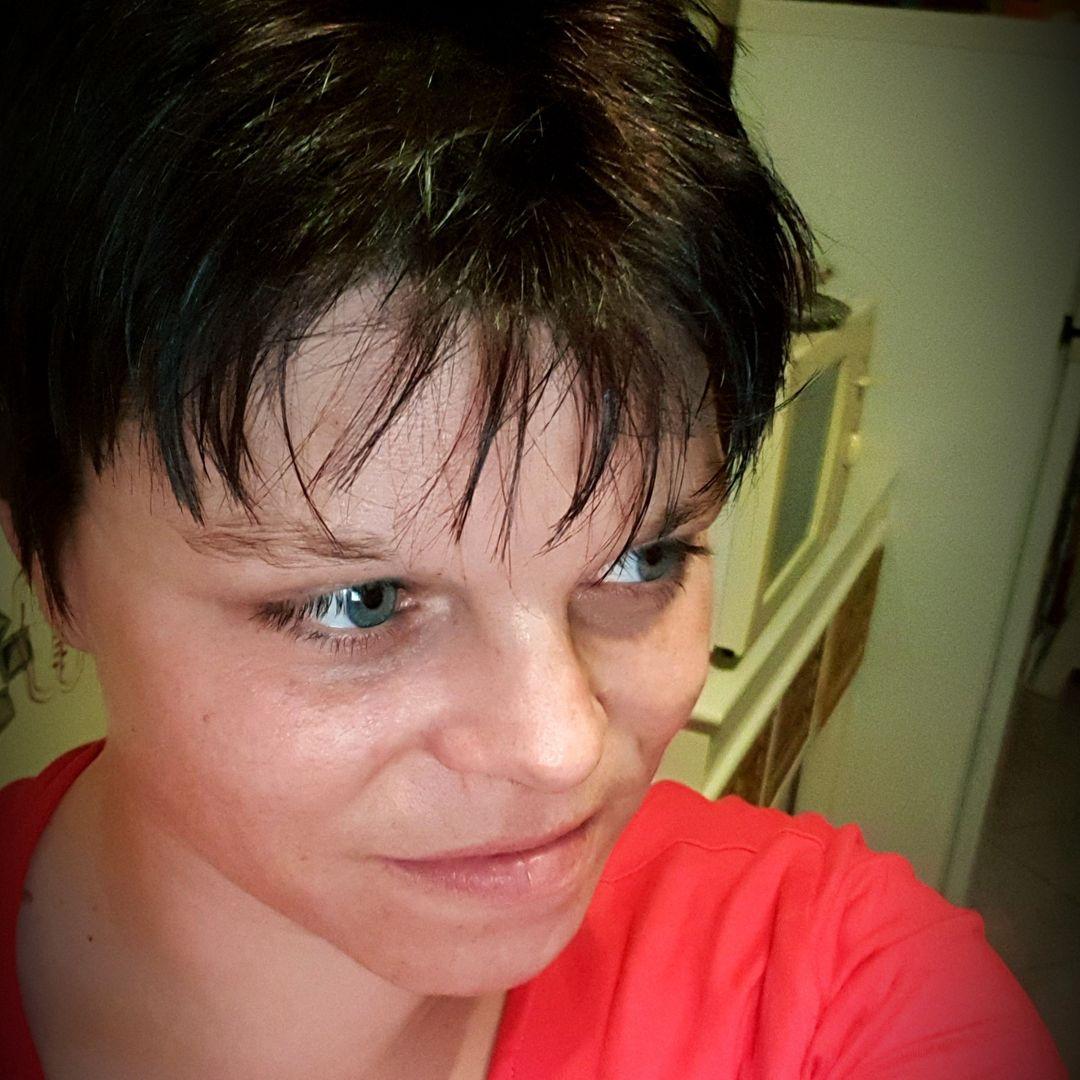After two days we left the Spitzkoppe Lodge with its unique setting amidst boulders and sand, heading for the Atlantic Coast. Passing the desert of the Dorob National Park we thought for a minute to be in Arabia. The sand structure changed from red into known yellowish tint. The shape of the dunes reminded us of our Arabic Emirates excursion, we had in 2018. Dorob, means dry land, which indeed it is. Nothing this time, really nothing, grows here. No more acacia trees, no more welwitschia flower bushes. The park was established in 1975 and covers over 100000 km2. It includes also the wetlands of the Atlantic coast, the habitat of numerous bird species, including flamingos and pelicans. This stretch of coast is also famous for seal colonies and dolphins. One of our objectives is to see these flamingos and pelicans, kayak among the seals and hopefully encounter curious dolphins. Our is right at the coast, overlooking flamingos as they feed, wade through the wet and fly, and is called, what else than, Flamingo Villas Boutique Hotel. The area is for locals a liked tourist spot. Here they from their inland farms and mines, dust off
and catch some fresh air. Historically Swakopmund and Walvis Bay played a significant role in the colonialisation of Namibia and as stop over points for ships sailing from Europe to the Cape and further to Asia.
But before we reached our destination we stopped in Hentiesbaai and Cape Cross. The Portuguese navigator and explorer Diogo Co established in Cape Cross an outpost (padro) as he mapped out the route to the spice islands, ordered by his king. A padro is a cross made of stone used primarily as navigational help. It is believed that he was the first European to visit this area. This was two years before Bartholomeu Dias successfully rounded the Cape of Good Hope as the first European explorer in 1488. The original cross was removed in 1893 by Corvette captain Gottlieb of the SMS Falke of the German Navy, and taken to Berlin, where it is on display in the Deutsches Historisches Museum.
The other thing to see in Cape Cross is its seal colony. Approximately 100000 animals live cramped in this bay. The topography does not allow the ocean tides to clean regularly the ground. The stench therefore is revolting, the
noise numbing. Dead baby seals strewn around their bodies The aggressive behavior of males further increased by the lack of space, all this leading to a pitiful visiting experience. We very soon were fleeing the scene, trying to get rid of this awful smell in our car and system.
The coast north of Swakopmund is famous for salt making facilities, and off shore and on shore big game hobby fishing. Everywhere we encountered guys with four wheel drive vehicles (so they can drive onto the sandy beach as close to the water as possible) and their long fishing rods. Passing a desalination facility established for the Swakopmund area, reminded us that we are in a desert and water management is extremely important. After six days of gravel and off road driving we touched asphalt again ! Big yellowish dunes stretch between Swakopmund and Warvis Bay, our destination. Especially on dune no 7 one can fool around; quad biking, sand surfing, dune hiking and camel rides all available for leisure seekers.
Today Swakopmund is primarily a beach resort (although the beaches are not very appealing, and the Atlantic cold) and an example of German colonial architecture. It
was founded by Captain Curt von Franois in 1892 as the main harbor for the Imperial German colony South West Africa. The natural deep sea harbor at Walvis Bay situated app 50km to the South, belonged to the British. The founding date was on August 8, when the crew of gunboat Hyne erected two beacons on the shore. It became the main port for goods, settlers and troops (Schutztruppe) from Germany. To the unsuitable shore topography a jetty had to be erected where ships could dock. A stroll on it is still possible today, although it is as a port.
